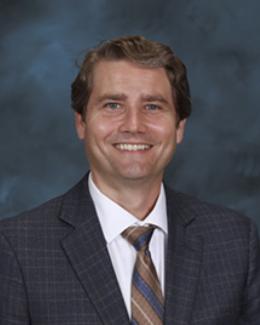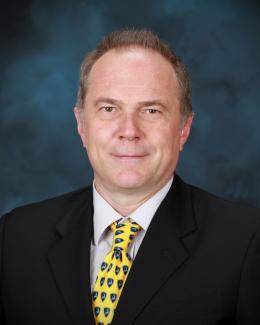Abstract
Radiation detection often requires several detectors to be employed at once. Normally, each detector outputs a signal that must be transported, digitized, and stored. One common format for these signals is a finite, aperiodic pulse. Since the detector and data acquisition system are not necessarily physically close, transporting signals from several detectors to a central data acquisition system often requires the use of many cables. The technique presented here allows for the combination and later recovery of a number of analog detector signals using a single cable, by shifting their content to narrow bands in the frequency domain and summing them together into a single channel for transmission. The output is a linear combination of decaying sinusoids, whose peak frequencies and bandwidths in the frequency domain are controlled by inductor, resistor, and capacitor values in the circuit. By separating the outputs by several megahertz, and lowering the bandwidth to about 1 MHz, we can isolate each signal. The timing of the original input can be recovered by taking the inverse Fourier transform of the isolated peak and identifying the start time of the resulting single decaying sinusoid. The energy of the input signal is proportional to the square root of the integral of the corresponding power spectrum peak. We show that energy spectra can be reconstructed with minimal additions to energy resolution. We also show that coincidence timing measurements can be performed with an uncertainty smaller than 2 ns. The result is an N to 1 reduction in cabling, with obvious cost and complexity gains. Since most of the signal content exists only in a band around each peak frequency, noise outside of these bands does not impact the performance.



